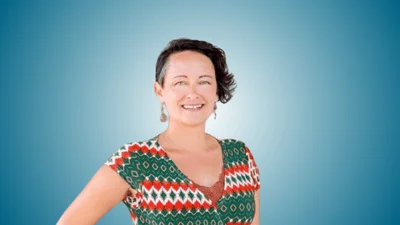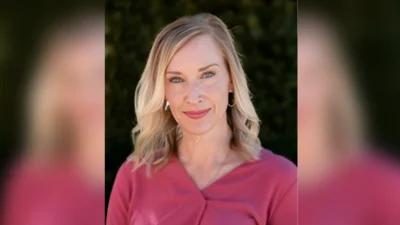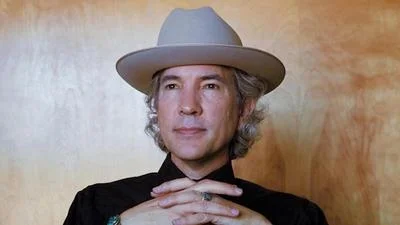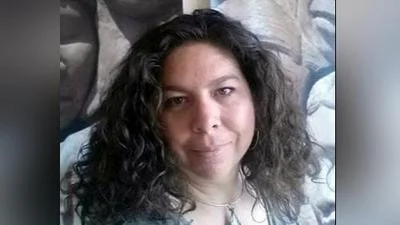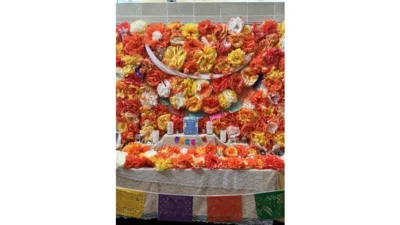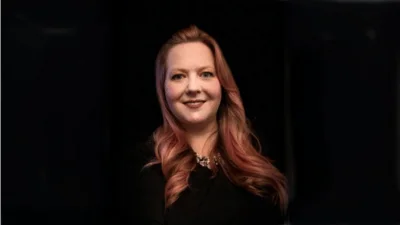Pulitzer-nominated poet, translator, and educator, Arthur Sze, is a National Treasure. Born in New York, but spending much of his adult life in New Mexico, he’s written over ten volumes of poetry, translated traditional Chinese works, written essays, and championed the written word, winning the National Book Award in 2019 for his efforts. Sze is called a poet of “clarity and compassion.”
Having attended his previous poetry reading at Santa Fe’s celebrated bookstore Collected Works in 2024, I was looking forward to this engagement.
The recent gathering surrounded his volume of poetry published by Copper Canyon Press, Into the Hush, which won Yale University’s 2025 Bollingen Prize for American Poetry for Lifetime Achievement.
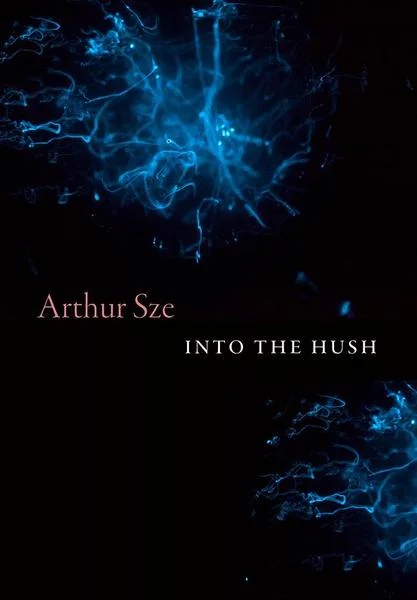
Into the Hush by Arthur Sze
Before the reading, Copper Canyon Press publisher, Ryo Yamaguchi, commends Sze’s poetry as “existence,” an “exacting presence,” “a tapestry of existential statements,” and “quiet…like a photograph captures light.” According to Yamaguchi, the poems are “literally made for you” (the reader).
Sze stands to read. He’s a softspoken man, eloquent and exact in his language and expressions. In blue jeans, button up shirt, and glasses, Sze reads several poems, including new forms of poetry for him, such as pantoums.
One of the things I love about Sze’s poetry are his many references to nature—birds, plants, and the cosmos. I was struck by a poem called Leafless about a Blue-throated hillstar hummingbird, discovered in 2017 in the southwest Andes mountains in Ecuador.
Sze then turns to his other new book The White Orchard, reading the poem named after the book. He talks about a form of poetry he calls “cascades,” a repetitive form of poetry with internal resistance. It was a lovely work.
Into the Hush is the final poem Sze reads. A work much more human, an ode to life and living, verse about healing and creativity: “art is a wand that wakes your eyes to what is.”
After reading, Sze and Yamaguchi sit to discuss the work. In their conversation, Sze reflects on his life as a poet and the process of writing poetry.

Sze and Yamaguchi in 2024. Photo by Brian C. Nixon
Here’s a couple highlights from their discussion.
Yamaguchi connects Sze’s works to calligraphy, guided stokes of thought put on a page. Sze references a Japanese form of poetry that means “following the flow of the brush.” The challenge of Into the Hush for Sze was writing in new forms of poetry, expanding his poetic language, new characters put on a page, a “stillness in motion.”
Concerning new forms of poetry used by Sze, Yamaguchi asks Sze how form has liberated him. Quoting Robert Creely, Sze states, “Form is an extension of content,” and Denise Levertov, “Form is a revelation of content.” Continuing, Sze states, “Form has to do with allowing the language to find a shape that is right for the experience at hand… extending the boundaries of language and pulling aspects of myself forward.”
Articulate, accurate, and inspiring. All qualities found in Arthur Sze’s work and life.

Arthur Sze in 2025. Photo by Brian C. Nixon
To listen and watch the entire reading and discussion, go to https://www.collectedworksbookstore.com/recorded-events.
For more information on Into the Hush, go to Copper Canyon Press: https://www.coppercanyonpress.org/books/into-the-hush-by-arthur-sze/.
For more information on The White Orchard, go to: https://mnmpress.org/?p=allBooks&id=357.
Brian C. Nixon, Ph.D., is Chief Academic Officer and professor at Veritas International University in Albuquerque. As a writer, musician, and artist, his interests surround the philosophical transcendentals: truth, beauty, and goodness. You can contact Brian via his Bandcamp email address: https://briancharlesnixon.bandcamp.com




